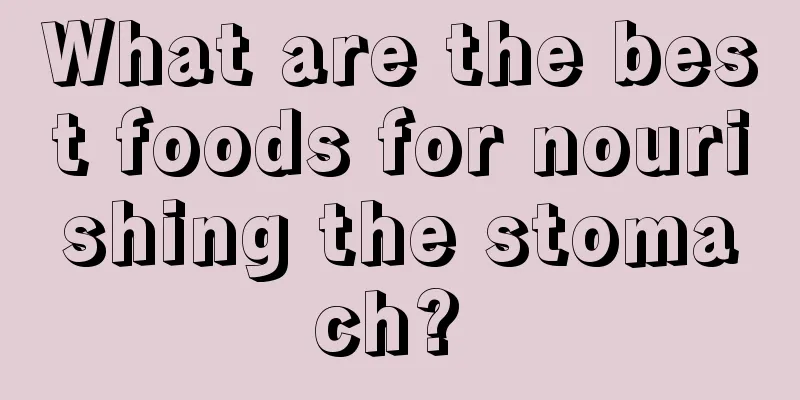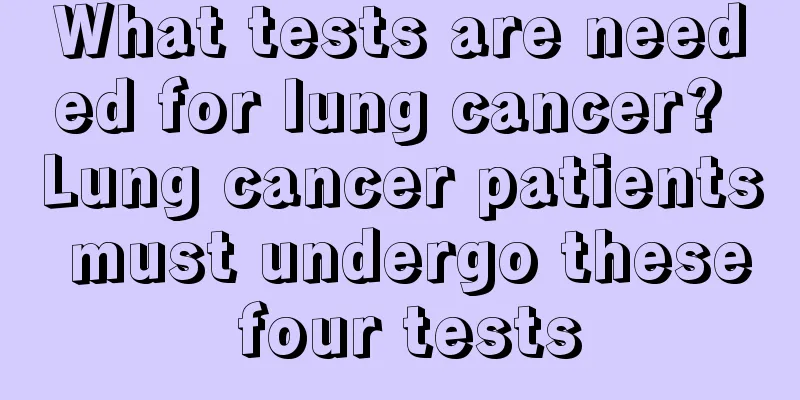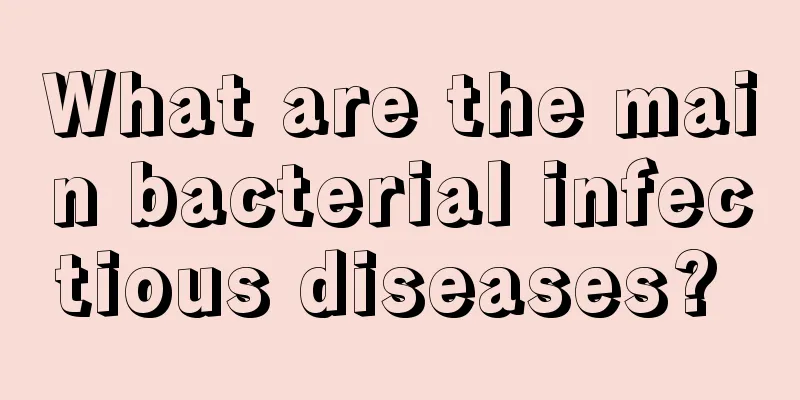Unilateral nasopharyngeal carcinoma cure rate

|
The cure rate of unilateral nasopharyngeal carcinoma can reach over 70% through early diagnosis and standardized treatment. Factors that affect the cure rate include disease stage, choice of treatment method and the patient's physical condition. Treatment plans usually include a combination of radiotherapy, chemotherapy and surgery. Early detection and early treatment can significantly improve the cure rate. 1) Factors affecting the cure rate of nasopharyngeal carcinoma The cure rate of nasopharyngeal carcinoma is highly correlated with the stage at diagnosis. The cure rate of stage I and II nasopharyngeal carcinoma is relatively high, reaching 80%-90%; while in stage III and IV, the cure rate gradually decreases. Early detection usually manifests as unilateral ear stuffiness, nasal congestion or a small amount of bleeding. At this time, the cancer is still limited to the nasopharynx, while in the later stage, lymph node metastasis or even distant spread may occur, resulting in reduced treatment effect. The patient's overall physical health is also an important factor. For example, older patients and those with chronic diseases may have a weaker tolerance to treatment. The immune system also affects the speed at which cancer cells are eliminated, so it is important to stay healthy during treatment. 2) Main treatment methods and their effects -Radiotherapy: Nasopharyngeal carcinoma is highly sensitive to radiotherapy and is the main treatment method. Especially for stage I nasopharyngeal carcinoma, radiotherapy alone can achieve good results and a high cure rate. -Concurrent chemoradiotherapy: For patients in the middle and late stages (such as stage III or IV), chemotherapy is usually combined with adjuvant therapy, which can enhance the effect of radiotherapy. For example, commonly used chemotherapy drugs include cisplatin and fluorouracil, and the combination of the two has a better effect. -Surgical treatment: Although nasopharyngeal carcinoma is mainly treated with radiotherapy, patients in the later stages sometimes have local recurrence or lesions that are difficult to completely remove. Minimally invasive resection and other surgical methods can be used to remove residual cancerous tissue. 3) Daily health management suggestions During the treatment, patients should focus on nutritional supplements to improve immunity, such as eating foods rich in vitamin A (such as carrots and spinach) and high-protein foods (such as chicken and fish). Moderate exercise can enhance physical fitness, but excessive fatigue should be avoided. Keeping a good mood and adjusting anxiety during treatment are also of great benefit to overall recovery. Standardized treatment and good life management have an important impact on the cure of unilateral nasopharyngeal carcinoma. If any suspected symptoms of nasopharyngeal carcinoma are found, you should seek medical attention as soon as possible for a nasopharyngeal CT or MRI examination to confirm the diagnosis and seize the golden period of treatment to maximize the possibility of cure. |
<<: Treatment of Cardiac Cancer
>>: Is renal hamartoma harmful? Is it serious? How long can one live?
Recommend
How to pry oysters
Oysters are a delicious food, but they are diffic...
Can drinking alcohol increase sexual desire?
Whether in books or movies and TV shows, we are t...
What happens if digestive enzymes are deficient
Digestive enzyme is an enzyme in the human body t...
Can pancreatic cancer patients do strenuous exercise?
The latest research shows that exercising for 30 ...
Can patients with hypertension drink honey?
If you have been diagnosed with high blood pressu...
What is the breathing method for anaerobic exercise?
Many fitness enthusiasts ignore the importance of...
What to do if young people have sunken eye sockets
The phenomenon of sunken eye sockets mainly occur...
What is clown phobia
Coulrophobia refers to the fact that clowns will ...
What medicine is good for intravenous infusion of cerebral infarction
Patients with cerebral infarction need to follow ...
Severe anemia, this is how to treat it
Anemia is a very common disease in daily life. It...
9 natural pain relief methods
Various chronic pains such as joint pain, migrain...
What causes brown stool?
If the stool is brown, it may be caused by diseas...
Can white radish help sober you up
Alcohol is a common drink. Drinking moderately ca...
The difference between puffy eyelids and fleshy eyelids
People who like to wear makeup know that eye make...
Scalp pain, how to treat nasopharyngeal cancer, what are the traditional Chinese medicine treatments
Nowadays, there are more and more patients with n...









